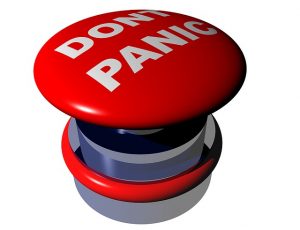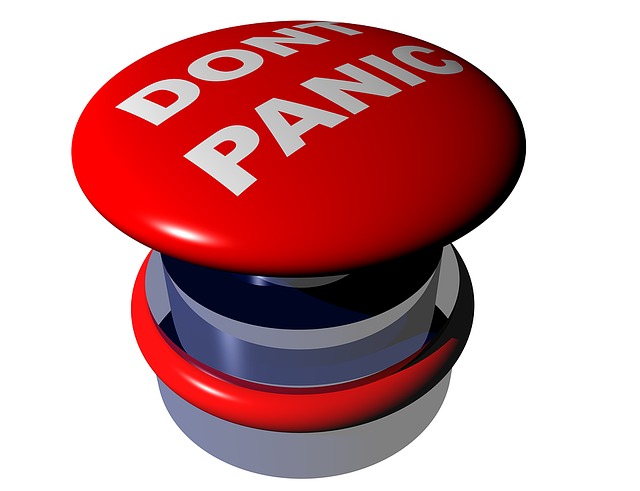Panic attacks can be a debilitating experience that can impact daily life in a significant way. They can cause intense fear and anxiety, making it difficult to carry out even the simplest of tasks. Seeking help and developing a plan for recovery is crucial for those who suffer from panic attacks.
 Panic attacks are sudden episodes of intense fear or anxiety that can last for several minutes or longer. They are often accompanied by physical sensations such as sweating, trembling, and heart palpitations. Panic attacks can be triggered by a variety of factors, including stress, trauma, and certain medical conditions.
Panic attacks are sudden episodes of intense fear or anxiety that can last for several minutes or longer. They are often accompanied by physical sensations such as sweating, trembling, and heart palpitations. Panic attacks can be triggered by a variety of factors, including stress, trauma, and certain medical conditions.
Symptoms of panic attacks can vary from person to person, but common physical sensations include chest pain, shortness of breath, and dizziness. These symptoms can be so severe that they may feel like a heart attack or other medical emergency.
Identifying Triggers of Panic Attacks
Identifying personal triggers is an important step in managing panic attacks. Keeping a panic attack journal can help individuals identify patterns and common themes that may trigger their panic attacks. This journal should include details about the time of day, location, and any other factors that may have contributed to the panic attack.
Once triggers have been identified, individuals can work on developing coping strategies to manage their symptoms when they occur. This may include deep breathing exercises, positive self-talk, and grounding techniques.
Developing Coping Strategies
Developing coping strategies is an essential part of managing panic attacks. Breathing exercises and relaxation techniques can help individuals calm their minds and bodies during a panic attack. Positive self-talk and reframing thoughts can also help individuals shift their focus away from negative thoughts and feelings.
Grounding techniques such as focusing on the present moment or using sensory cues like touch or smell can also be helpful in managing panic attacks. Creating a personalized coping plan that includes these strategies can help individuals feel more prepared when a panic attack occurs.
Seeking Professional Help
Seeking professional help is an important step in managing panic attacks. There are several types of therapy and treatment options available, including cognitive-behavioral therapy (CBT) and medication. Finding a therapist or mental health professional who specializes in treating panic attacks can be helpful in developing a personalized treatment plan.
Making Lifestyle Changes
Making lifestyle changes can also be helpful in managing panic attacks. Self-care and healthy habits such as exercise, nutrition, and sleep can help individuals feel more balanced and reduce stress levels. Regular exercise can also help release endorphins, which can improve mood and reduce anxiety.
Practicing Relaxation Techniques
Practicing relaxation techniques such as deep breathing exercises, progressive muscle relaxation, guided imagery, and yoga can also be helpful in managing panic attacks. These techniques can help individuals calm their minds and bodies, reducing the intensity of panic attack symptoms.
Maintaining a Positive Outlook
Maintaining a positive outlook is an important part of managing panic attacks. Gratitude and mindfulness practices can help individuals focus on the present moment and appreciate the positive aspects of their lives. Surrounding oneself with positive influences such as supportive friends and family members can also be helpful in maintaining a positive mindset.
Celebrating progress and small victories is also important in maintaining a positive outlook. Recovery from panic attacks is possible, but it takes time and effort.
In conclusion, panic attacks can be a challenging experience that can impact daily life in significant ways. However, seeking help and developing a plan for recovery is crucial for those who suffer from panic attacks. Identifying personal triggers, developing coping strategies, seeking professional help, making lifestyle changes, practicing relaxation techniques, and maintaining a positive outlook are all important steps in managing panic attacks. With time and effort, recovery from panic attacks is possible and achievable.








